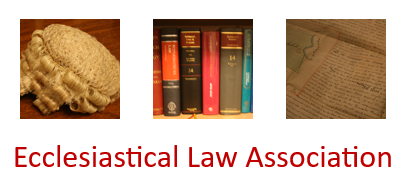The petitioners wished to install in the churchyard of St Mary Catcliffe a memorial to the late Davina Knight, who died in January 2021, aged forty-three. The petitioners were the deceased’s surviving relatives. The proposed memorial was to be of black granite, incorporating corner kerbs and a book-shaped plinth, none of which is consonant with the Diocese of Sheffield Churchyard Rules. In accompanying letter, the petitioners expressed the distress they had felt at initially being refused permission for the memorial. The Deputy Chancellor pointed out that incumbents lack the authority to permit memorials which do not comply with the Rules. In framing a judgment, she stressed that the introduction of new memorials should not fundamentally change the character or appearance of a churchyard. She conceded, however, that the proposed memorial was not over-sized; its inscription was neither inappropriate nor inconsistent with the Christian faith. Moreover, it would not impact on the appearance of this particular churchyard, nor be out of keeping with other black granite memorials already present there. Nor would it impede churchyard maintenance. A faculty therefore issued permitting the installation of the memorial as proposed.

